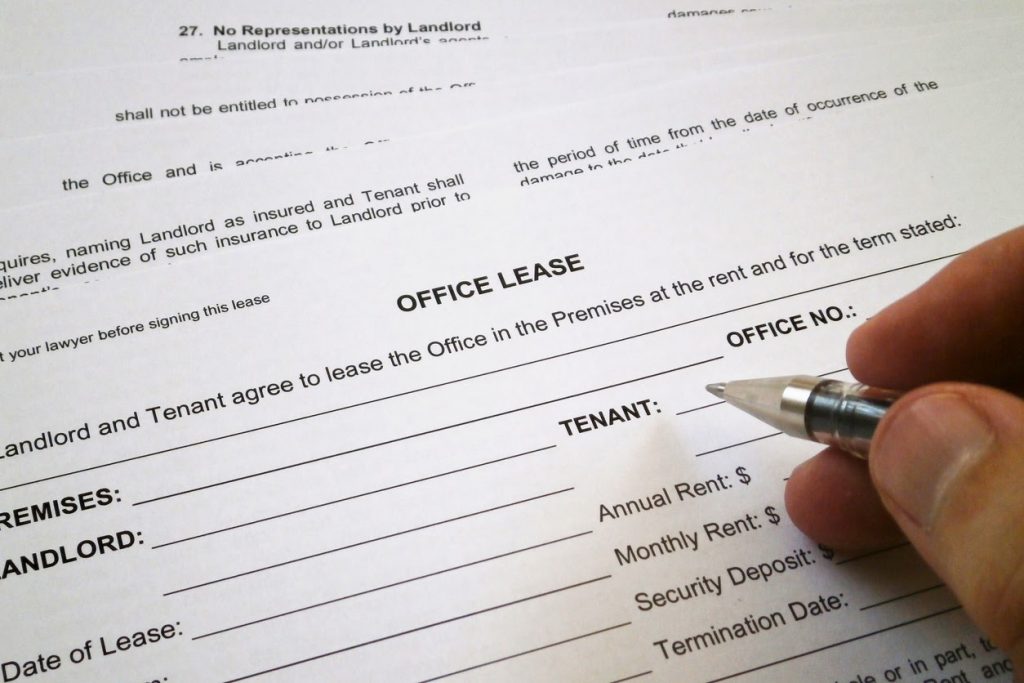If you are not utilizing all your leased office space, consider subleasing the space you don’t need. Just like homeowners who rent out spare rooms, businesses can also turn from being a tenant to landlord and enjoy lots of benefits from this decision. Here is a step-by-step guide to subletting office space.
Reasons for Subletting Office Space
Thinking about subletting extra office space? Here are a few common reasons to consider it:
You Have More Space Than You Need
Perhaps you anticipated strong growth when signing the papers to lease that office space. However, as time goes by, your business is not growing as expected. As a result, you are left with extra office space that you don’t really use. To cover part of the rental expenses, consider subletting office space to other businesses that need it.
You Have Outgrown Your Current Space
Contrary to the above scenario, businesses that grow too fast find themselves being confined to a cramped space. They will be interested in finding a bigger space. However, since most commercial leasing contracts last from three to five years, this means they may need to break their existing contract. Doing so will result in lots of extra costs and most startups simply don’t have the cash to pay for breach of contract.
Your Business Downsizes
Unfortunately, not every business venture will be successful. When a business goes under, people often try to salvage as much as possible from what’s left. This includes all current lease agreements. If your lease agreement includes a provision that permits subletting office space, you may use the rental income collected from subtenants to pay off debts, etc.
Benefits of Subletting Office Space
The following are two of the biggest benefits of subletting your extra office space:
Offsetting the Costs of Unused Space
Paying for space you don’t need can eat up your financial budget. One easy way to lessen the monthly burden of bills to pay is to sublet unneeded space.

Freedom to Move to a Bigger Office Anytime
When subletting your current space, you don’t need to break the existing rental agreement to expand your office to another space.
How to Sublet Your Office Space Step-By-Step
Decided you want to sublet your office? Follow these five steps to make the process as easy as possible:
Step #1: Check the Terms of Your Current Lease Agreement
Foremost, you should make sure the terms and conditions of your lease permit subletting office space. Most commercial lease agreements don’t allow it, and for those that do, you’ll need to ask for permission from the landlord first. Since this step is crucial, most businesses need to consult the advice of an experienced attorney to avoid potential troubles in the long run. If you are not well-versed in legal terms, it’s advisable to work with an attorney so that things go as smoothly as possible. No one wants to sublease space they are legally not allowed to do and risk paying more in fines and legal costs later.
Step #2: Search for Potential Subtenants
If you have gone past step #1, congrats, you are legally allowed to sublease your current space. Now, the next step would be to find qualified subtenants. In a normal market condition, it’s not hard to find a business eager to take advantage of a reduced rate sublet. Before you advertise your available space to other local businesses, take the time to talk to other companies around the corner first. They may be your best candidates since you know them better than any far-away business. If they happen to also share the same office building with you, meaning you two have the same landlord, the process of subleasing becomes even easier.
Step #3: Vet Potential Subtenants Carefully
This step is especially important since it could save you from a lot of troubles later on. Since your subtenants will be paying rent to you, not your landlord, you will still be 100% responsible for any damage caused or any rent unpaid. Even if you manage to find a financially strong company to sublet to, there are still other issues you need to consider.
Are you subletting to a competitor? No one wants to work together with a company in a competing industry in the same office space. Another potential issue is noise. Some companies may be noisier than others. It depends on their corporate culture. If noises and loud talks affect your employees’ productivity, it’s important to find a subtenant that has the same problem. If a potential subtenant requires a major overhaul of the existing space that may contradict what’s laid out in the original lease agreement you have with your landlord, you may need to reconsider their eligibility.
Since this is the most important step and most business owners are not that experienced in vetting potential subtenants, it’s advisable to seek help from experienced real estate advisors who are specialized in representing business clients. Many small businesses commit the mistake of choosing subtenants on their own. As a result, they miss many red flags and end up spending time resolving problems such as late payments, conflicts of interest, tenant’s insolvency, etc.
Step #4: Determine the Price and Draft the Contract Terms
We always advise people to seek help from an experienced real estate attorney during this stage. Your lease contract is the vehicle that protects you legally from possible troubles in the future. You may save a lot of money crafting the contract using some existing template, however, it won’t offer you the best protection. There are many things that need to be addressed:
- Potential renovations. Who will be responsible for renovation costs?
- Utility payments. If your current contract only covers utility usage up to a certain limit, you may want to charge your subtenant for any usage above that limit.
- Amenity and office service sharing
- Branding
- Initial deposit

Don’t make the mistake many small businesses make: under-protection from a poorly-drafted subtenant contract! When problems arise in the long run, you’ll wish you had consulted the help of an experienced attorney.
Step #5: Finalize the Agreement
Once you have chosen your ideal tenants and created a contract that both sides agree to, it’s time to finalize everything and let your new subtenant move in!
Need Help Subletting Office Space?
If you do your homework, you’ll find subleasing a good way to save money on rent while enjoying the company of like-minded people from a different industry/company. Don’t do everything on your own! You’ll save lots of lost time, money, and headaches summoning help from the right real estate advisor. Contact us today and we’ll connect you with the right tenant brokers who will assist you in every step during the entire process.






